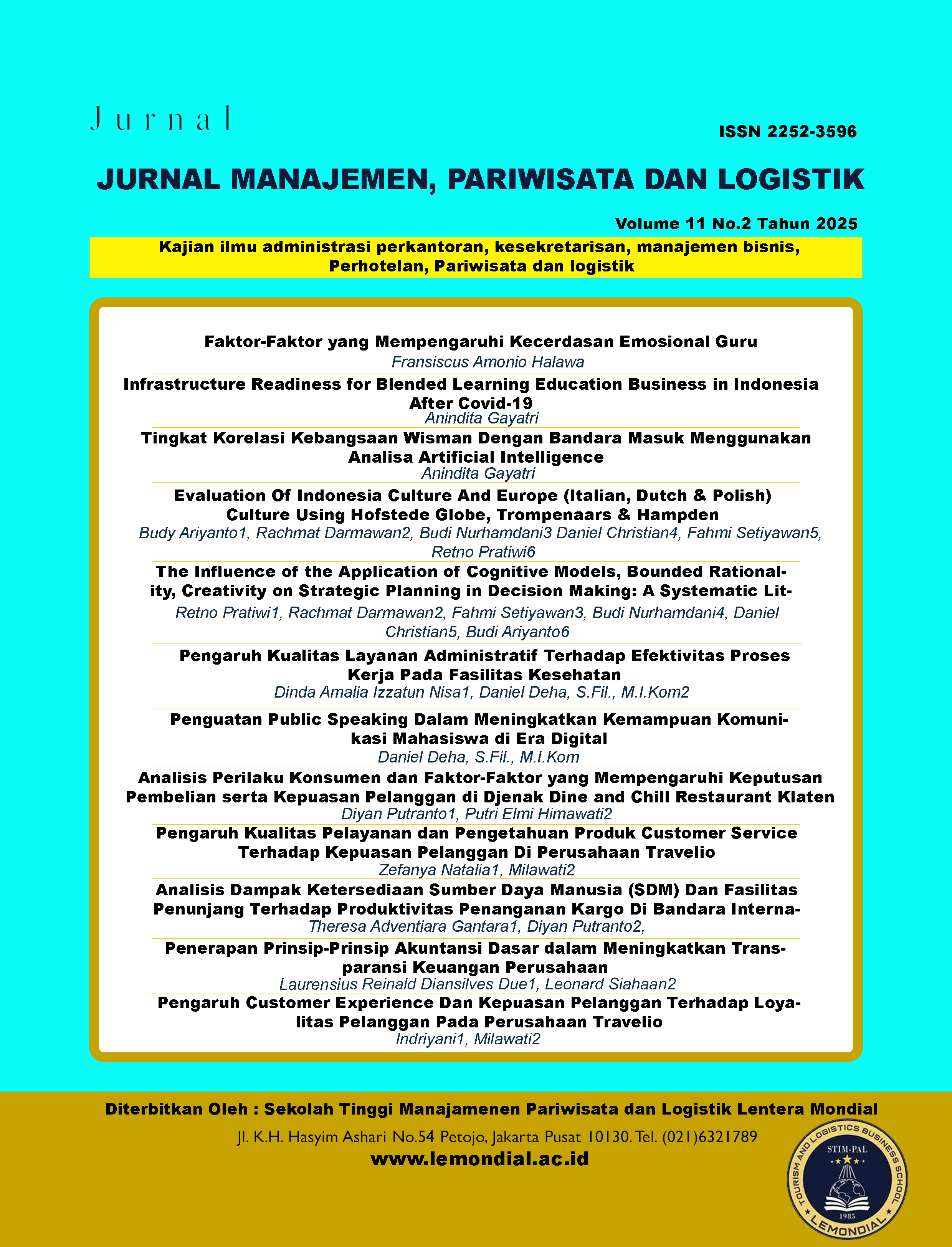Infrastructure Readiness for Blended Learning Education Business in Indonesia After Covid-19
DOI:
https://doi.org/10.3333/lbs.v11i2.82Keywords:
Blended Learning, Mobile Device, Desktop Device, Education Business, Time Series AnalysisAbstract
This research is conducted to find the most suitable digital platform for blended learning business in Indonesia by analyzing the proportion population of desktop and mobile device owners for 9 years within 2015 to 2023. The data used for the analysis is quantitative and sourced from the dataset of Indonesian Statistic (BPS). It aims to give a better decision for education business players in choosing digital platform by province in Indonesia. The results of the study prove a significant mobile platform growth which cannot be caught up by desktop platform for most of the provinces. But surprisingly besides Java and Bali, these provinces have the highest proportion users of both desktop and mobile devices among other provinces i.e. The Riau Islands, North Kalimantan and East Kalimantan.
Downloads
References
Abdul Gafur Marzuki. (2024). Blended Learning In English Education:Strategies For Effective Integration Oftechnology And Traditional Methods. Preprints.Org.
Alvaro Rifat Danendra. (2025, August 20). Assessing Indonesia’s Infrastructure For Digital Distance Learning. Eduvate 2025 Monash University Indonesia - Indonesia’s Dynamic Platform For Learning And Teaching Innovation In Higher Education!
Asean Team. (2022). Asean Revs Up: Digital Transformation. The Asean Secretariat Asean Socio-Cultural Community (Ascc) Department.
Efa Elfrieda Abu Bakar, Noor Dayana Abd Halim, & Mohd Fadzil Abdul Hanid. (2024). Implementation Of Blended Learning For Teaching And Learning In School: A Systematic Review. International Journal Of Modern Education (Ijmoe), 6(22), 502–518.
Julia Clark, Georgina Marin, Oya Pinar Ardic Alper, & Guillermo Alfonso Galicia Rabadan. (2025). Digital Public Infrastructure And Development: A World Bank Group Approach (Patent 1). World Bank Goup.
Julian Fraillon. (2023). An International Perspective On Digital Literacy Results From Icils 2023.
Kristen Fox, Karen Vignare, Lisa Yuan, Megan Tesene, Karla Beltran, Halle Schweizer, Michael Brokos, & Rishon Seaborn. (2021). Strategies For Implementing Digital Learning Infrastructure To Support Equitable Outcomes A Case-Based Guidebook For Institutional Leaders. Association Of Public Land-Grant Universities.
Lurong Chen, Kalamullah Ramli, Fithra Faisal Hastiadi, & Muhammad Suryanegara. (2023). Accelerating Digital Transformation In Indonesia: Technology, Market, And Policy. Economic Research Institute For Asean And East Asia (Eria).
Novi Marlena, Renny Dwijayanti, Finisica Dwijayati Patrikha, & Saino. (2022). Online Learning Infrastructure: Does It Strengthen The Effect Of Service Quality On Student Satisfaction? Iqra Journal - Study Of Educational Science, 7(2).
Oecd Team. (2023). Shaping Digital Education Enabling Factors For Quality, Equity And Efficiency.
Sayida Khoiratun Nisak, Nur Latifah, Martin, S. Sumihatul Ummah, & Muhammad Yusup. (2025). Exploring The Effectiveness Of Blended Learning Models In Higher Education: A Case Study Of Indonesian Universities. Academy Of Education Journal , 16(1), 94–103.
Vinothini A/P Muniandy, & Intan Farahana Kamsin. (2024). Readiness And Challenges In Implementing Digital Learning. International Journal Of Academic Research In Business And Social Sciences, 14(11), 1361–1372.
Downloads
Published
How to Cite
Issue
Section
License
Copyright (c) 2025 Jurnal Manajemen, Pariwisata dan Logistik

This work is licensed under a Creative Commons Attribution-NonCommercial-ShareAlike 4.0 International License.
The Journal of Management, Tourism and Logistics (JMPL) is professionally managed and published by the Lentera Mondial Institute of Tourism and Logistics Management to assist academics, researchers, and practitioners in disseminating their research results.
Articles in this journal are Open Access articles published under the Creative Commons CC BY-NC-SA License This license permits use, distribution and reproduction in any medium for non-commercial purposes only, provided the original work and source is properly cited.
Any derivative of the original must be distributed under the same license as the original.









